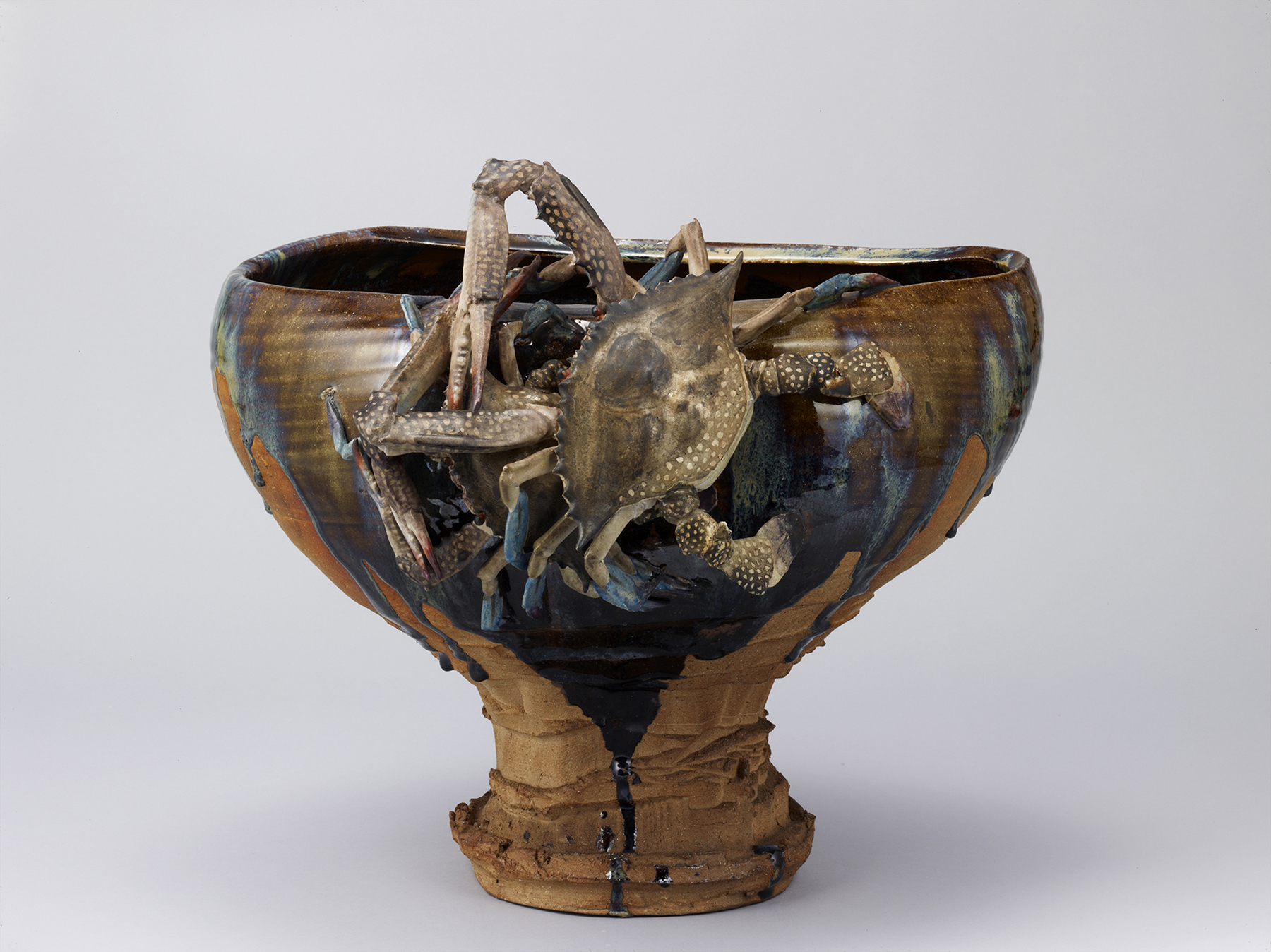In 1954-55, three Kyoto ceramists of the Sodeisha group of artists began a revolution by creating objects that fulfilled no practical role.
Kazuo Yagi, Osamu Suzuki and Hikaru Yamada took away the mouths of vases or added several more to them, played with vessels' legs or the absence of them and turned utilitarian craft objects into modernist sculptural forms. More than half a century earlier, however, the decorative excesses of Kozan Miyagawa (given name Toranosuke, 1842-1916), in which ebullient ornamentation rendered craft's utilitarian values impractical, were a precursor to the Sodeisha artists.
Miyagawa was among the most renowned ceramists of the Meiji Era (1868-1912). In 1896, he became the second ceramist to be appointed as an Imperial Household Artist. Born to the Kyoto potter, Chozo Makuzu, who had trained under the literati painter and potter Mokubei Aoki, Miyagawa took over the family business in 1860 and produced the kind of tea ceremony wares that were his father's specialty.



















With your current subscription plan you can comment on stories. However, before writing your first comment, please create a display name in the Profile section of your subscriber account page.